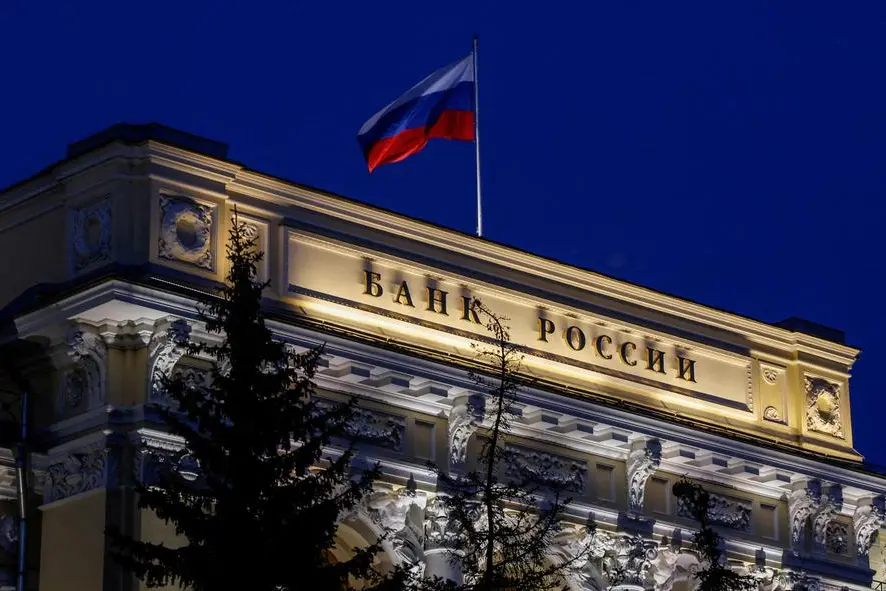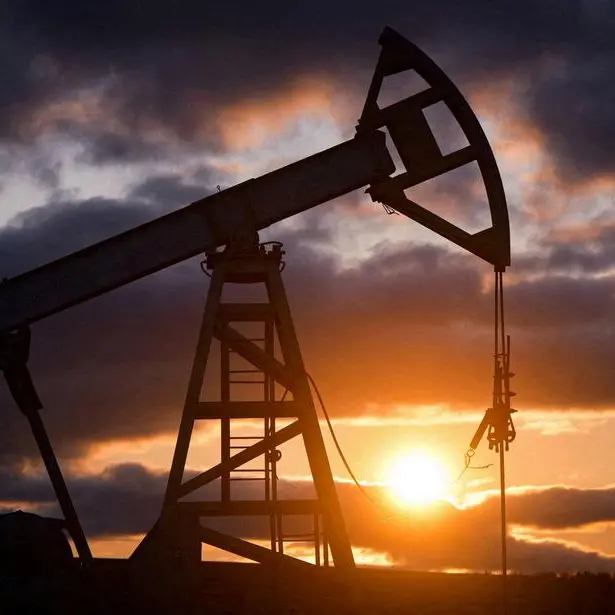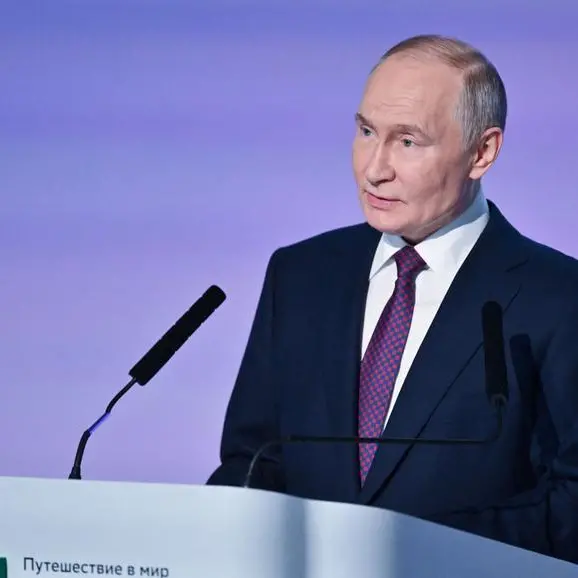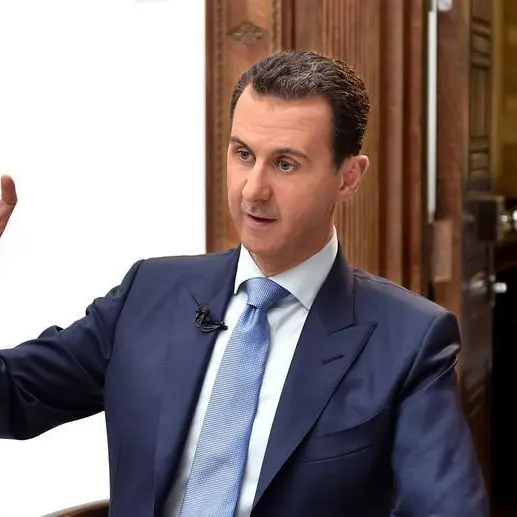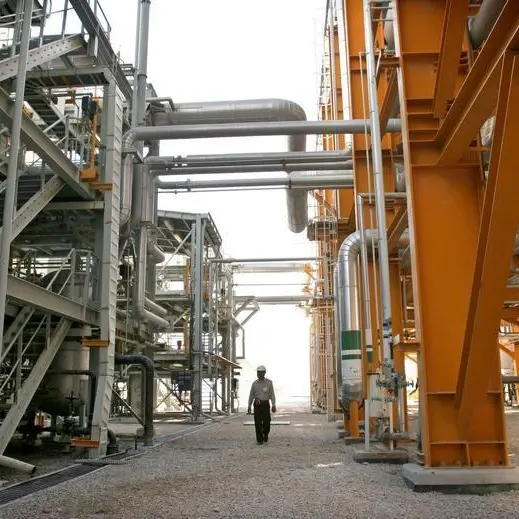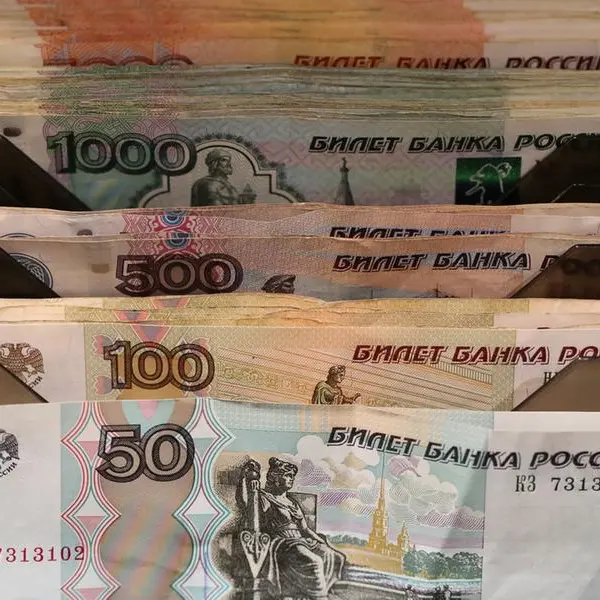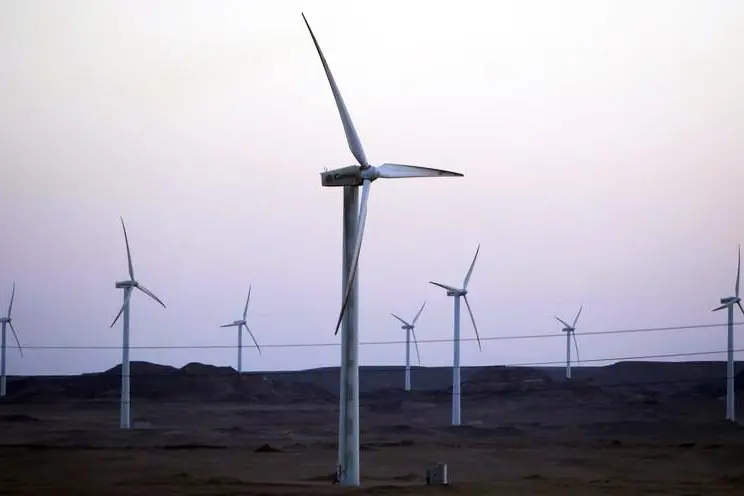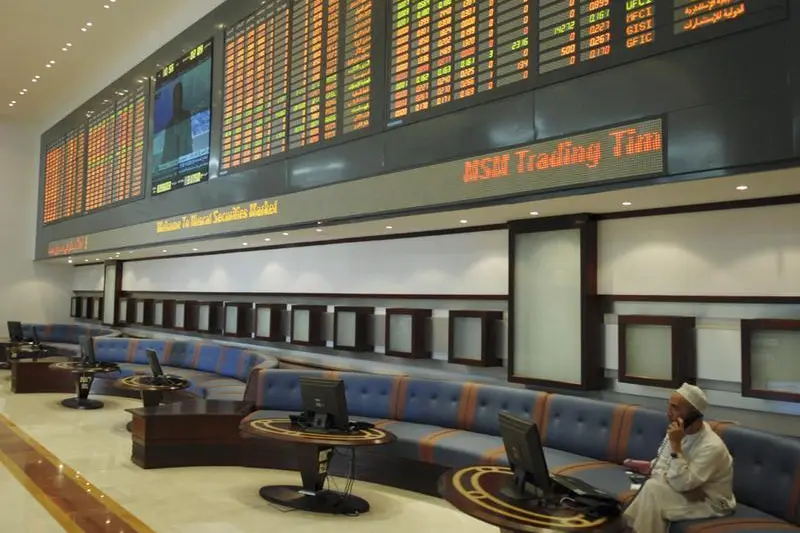PHOTO
Current oil price levels pose no risk to Russia's financial stability but could become challenging for the economy and financial markets if they drop below the budget target of $60 per barrel, the central bank said on Friday.
Oil and gas sales account for around a third of Russia's state budget revenues. And while their share is expected to decline in coming years, commodity sales still play a key role in the Russian economy.
The oil price in roubles is an important factor for the budget too.
According to Reuters calculations, the price of Russia's flagship Urals oil blend at the end of November surpassed the level used to calculate the state budget for 2024 thanks to a sharp fall in the value of the rouble.
The central bank said the price of Urals was $66.9 per barrel as of Nov. 15.
"For Russia, current oil price levels do not create risks for financial stability," the bank said in its annual review.
"However, if they fall below the budgeted price of $60 per barrel, this may pose challenges for the economy and financial market (taking into account the significant share of oil revenues in exports)," it added.
It also said that Russia reduced oil output by 3% to 9.01 million barrels per day in the January to October period in line with the OPEC+ group's agreements.
It added that the Russian oil price discount to a global benchmark narrowed to 14% in October from 16%-19% in April-May.
OPEC+, which pumps around half the world's oil, is discussing postponing its oil output hike due to start in January for the first quarter of 2025, OPEC+ sources told Reuters on Thursday.
The group, which includes the Organization of the Petroleum Exporting Countries and allies such as Russia, will hold further talks on this and other options ahead of its delayed policy meeting on Dec. 5.
(Reporting by Elena Fabrichnaya; writing by Vladimir Soldatkin; editing by Andrew Osborn and Mark Heinrich)
